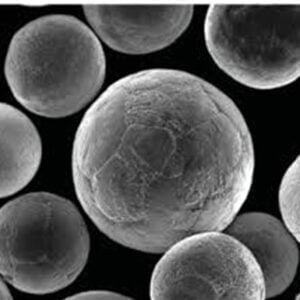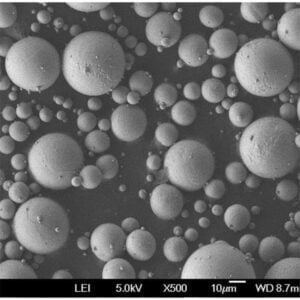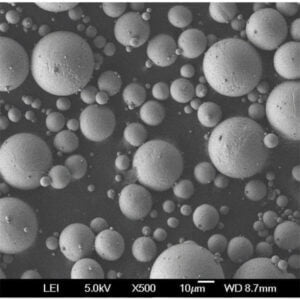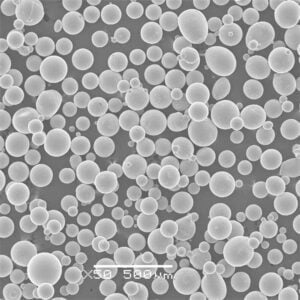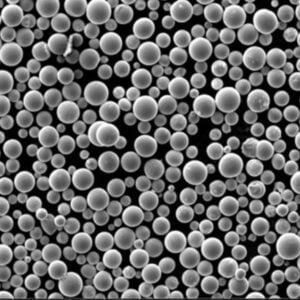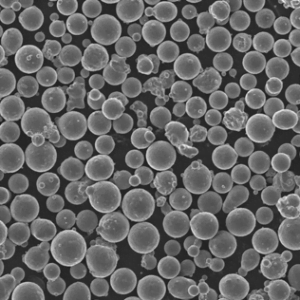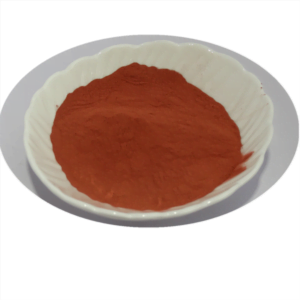metal powder for transportation
Table of Contents
The transportation industry is constantly evolving, driven by a relentless pursuit of lighter, stronger, and more efficient vehicles. In this relentless quest, metal powders have emerged as a game-changer, offering a unique blend of properties that are revolutionizing the way we travel. But what exactly are metal powders, and how are they impacting the transportation sector? Buckle up, as we delve into the fascinating world of metal powder for transportation and explore their potential to transform our roads, skies, and rails.
What are metal powder for transportation?
Imagine a world where metals exist not as solid chunks, but as fine, free-flowing particles. That’s the realm of metal powders – microscopic metallic grains produced through various processes like atomization or grinding. These tiny particles, ranging in size from a few micrometers to hundreds of micrometers, possess a remarkable combination of characteristics:
- High Strength-to-Weight Ratio: Metal powders boast exceptional strength while maintaining a surprisingly low weight. This translates to lighter vehicles, which consume less fuel and generate fewer emissions – a boon for sustainability.
- Design Flexibility: Unlike traditional manufacturing methods, metal powders unlock a new level of design freedom. Additive manufacturing (3D printing) techniques allow for the creation of complex, lightweight structures that were previously impossible.
- Improved Material Properties: The process of creating metal powders can refine the microstructure of the material, leading to enhanced properties like corrosion resistance and wear tolerance.
These are just a few of the advantages that make metal powders so attractive for the transportation industry.
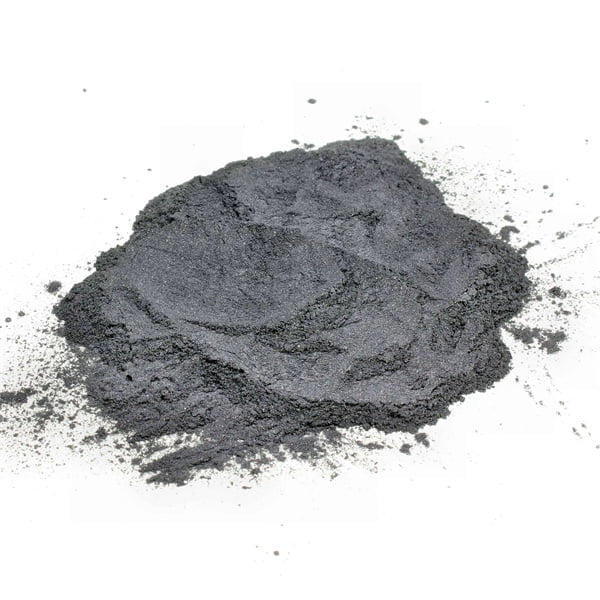
Types of Metal Powders for Transportation
Not all metal powders are created equal. Different types offer distinct properties, making them suitable for various applications. Here’s a closer look at some of the most prominent metal powders shaping the future of transportation:
| Metal Powder | Composition | Properties | Applications in Transportation |
|---|---|---|---|
| Aluminum Powders | Primarily Aluminum (Al) with various alloying elements like Silicon (Si) or Magnesium (Mg) | Lightweight, excellent corrosion resistance, good formability | Car body panels, engine components, lightweight bus structures |
| Stainless Steel Powders | Iron (Fe), Chromium (Cr), Nickel (Ni) | High strength, excellent corrosion resistance | Exhaust manifolds, heat exchangers, structural components for high-performance vehicles |
| Titanium Powders | Primarily Titanium (Ti) | High strength-to-weight ratio, excellent biocompatibility | Aircraft parts, high-performance automotive components, prosthetic limbs |
| Nickel Powders | Primarily Nickel (Ni) | High strength, good ductility, excellent corrosion resistance | Battery electrodes for electric vehicles, fuel cell components |
| Cobalt Powders | Primarily Cobalt (Co) | High magnetic permeability, wear resistance | Electric motor components, magnetic shielding for electronics |
| Copper Powders | Primarily Copper (Cu) | Excellent electrical conductivity, good thermal conductivity | Heat sinks, electrical wiring components in hybrid and electric vehicles |
| Magnesium Powders | Primarily Magnesium (Mg) | Ultra-lightweight, good strength-to-weight ratio | Lightweight components for electric vehicles, aerospace applications (limited use due to flammability) |
This table provides a snapshot of some key metal powders used in transportation. It’s important to note that this is not an exhaustive list, and ongoing research continues to develop new and improved metal powder formulations.
Applications of metal powder for transportation
The potential applications of metal powders in transportation are vast and constantly expanding. Here are some of the most exciting ways metal powders are making a difference:
- Lightweighting Vehicles: By replacing heavier traditional materials like steel with aluminum or magnesium powders, manufacturers can significantly reduce vehicle weight. This translates to improved fuel efficiency, increased payload capacity, and a reduction in environmental impact.
- Creating Complex Components: Additive manufacturing with metal powders allows for the creation of intricate, lightweight structures that were previously impossible to manufacture using conventional techniques. This opens doors for innovative designs and improved functionality in various vehicle components.
- Enhanced Performance: Metal powders can be engineered to possess superior strength, wear resistance, and corrosion resistance compared to traditional materials. This translates to longer-lasting, more reliable vehicles that require less maintenance.
- Electric Vehicle Revolution: Metal powders play a crucial role in the development of electric vehicles. They are used to create lightweight components, manufacture efficient battery electrodes, and even build components for electric motors and fuel cells.
These are just a few examples of how metal powders are transforming the transportation landscape. As technology advances and production costs decrease, we can expect to see even wider adoption of metal powders in the years to come.
Advantages and Limitations of metal powder for transportation
While metal powders offer a plethora of advantages, there are also some limitations to consider:
Advantages
- Lightweighting: Reduced vehicle weight for improved fuel efficiency and performance.
- Design Flexibility: Additive manufacturing unlocks the creation of complex, lightweight structures.
- Improved Material Properties: Metal powders can offer enhanced strength, wear resistance, and corrosion resistance compared to traditional materials.
- Sustainability: Lighter vehicles contribute to lower emissions and a smaller environmental footprint.
- Reduced Waste: Additive manufacturing with metal powders minimizes material waste compared to traditional subtractive manufacturing methods.
Limitations
- Production Costs: Currently, metal powder production can be expensive compared to traditional methods. However, as technology matures and production volumes increase, costs are expected to decrease.
- Powder Quality: The quality and consistency of metal powders are crucial for successful additive manufacturing. Ensuring consistent particle size, shape, and flowability remains a challenge.
- Surface Finish: Metal components produced via additive manufacturing may require additional post-processing steps to achieve a desired surface finish.
- Limited Material Selection: While the variety of metal powders available is growing, it’s still not as extensive as traditional materials. Research and development are ongoing to expand the selection.
Despite these limitations, the potential benefits of metal powders outweigh the drawbacks. As researchers address these challenges and refine production techniques, metal powders are poised to become a mainstream material in the transportation industry.
Key Considerations for Metal Powder Selection
Choosing the right metal powder for a specific application requires careful consideration of several factors:
- Desired Properties: The specific properties needed for the component will guide the selection. For example, high strength-to-weight ratio might be crucial for an aircraft component, while good electrical conductivity might be preferred for an electric vehicle heat sink.
- Application Requirements: The intended use of the component will influence the choice of metal powder. Factors like operating temperature, exposure to harsh environments, and load-bearing capacity need to be considered.
- Additive Manufacturing Process: Different additive manufacturing techniques have varying requirements for metal powder characteristics. Particle size, shape, and flowability need to be compatible with the chosen 3D printing process.
- Cost Considerations: While the cost of metal powders is decreasing, it remains a factor. Balancing desired properties with budget constraints is crucial for project feasibility.
metal powder for transportation Suppliers and Pricing
The market for metal powders is constantly evolving, with new players emerging alongside established manufacturers. Here’s a glimpse into the current landscape:
- Leading Suppliers: Some of the prominent suppliers of metal powders for transportation applications include:
- Höganäs (Sweden)
- AP Powder (US)
- Carpenter Additive (US)
- SLM Solutions (Germany)
- ExOne (US)
- Pricing Trends: The cost of metal powders varies depending on the type of metal, particle size, and desired purity. Generally, more exotic powders like titanium or cobalt are more expensive compared to aluminum or steel powders. Prices are also influenced by volume – larger quantities typically command lower per-unit costs.
It’s important to note that this is not an exhaustive list, and conducting thorough research to identify suppliers who meet your specific needs and budget is essential.
Future trend of metal powder for transportation
The future of transportation is undeniably lighter, stronger, and more sustainable. Metal powders, with their unique combination of properties, are playing a pivotal role in shaping this future. From enabling lightweight vehicles to fostering the development of electric vehicles, metal powders are revolutionizing the way we travel.
While challenges remain in terms of production costs and powder quality, ongoing advancements are rapidly bridging these gaps. As metal powder technology matures and becomes more cost-effective, we can expect to see its widespread adoption across various transportation sectors.
So, are metal powders the future of transportation? The answer is a resounding yes. Their potential to create lighter, stronger, and more efficient vehicles is undeniable. As the technology continues to evolve, metal powders are poised to become a cornerstone of a sustainable and innovative transportation landscape.
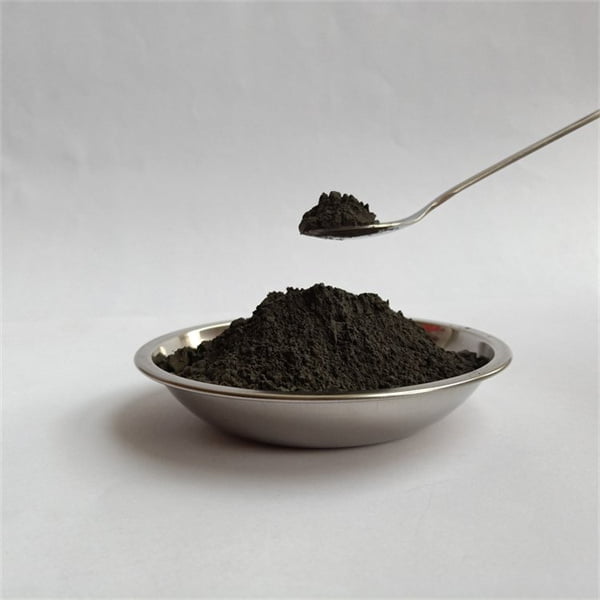
FAQ
Q: Are metal powders safe to handle?
A: Metal powders can pose health risks if inhaled. Proper safety precautions like using appropriate ventilation and personal protective equipment are crucial when handling metal powders.
Q: How strong are metal components made from metal powders?
A: The strength of metal components made from powders can be comparable or even exceed that of traditionally manufactured parts. The specific strength depends on the type of metal powder, the manufacturing process, and the heat treatment applied.
Q: What are the environmental benefits of using metal powders in transportation?
A: Metal powders contribute to environmental benefits in several ways:
- Lighter vehicles: As mentioned previously, metal powders can help create lighter vehicles. This translates to lower fuel consumption and reduced greenhouse gas emissions.
- Reduced waste: Additive manufacturing with metal powders minimizes material waste compared to traditional subtractive manufacturing methods where significant material is removed to create a desired shape.
- Potential for recycling: While challenges exist, ongoing research into metal powder recycling offers the possibility of a more sustainable manufacturing process.
Q: How will metal powders impact jobs in the transportation industry?
A: The adoption of metal powders will likely lead to the creation of new jobs in areas like metal powder production, additive manufacturing technology, and quality control. However, some traditional manufacturing jobs may be impacted as production methods shift.
Q: What are the future prospects for metal powders in transportation?
A: The future of metal powders in transportation is bright. As research and development efforts continue, we can expect to see:
- Reduced production costs: As production volumes increase and technology matures, the cost of metal powders is expected to decrease, making them more accessible for wider applications.
- Improved powder quality: Advancements in powder production techniques will lead to more consistent and high-quality metal powders, further enhancing the reliability and performance of additively manufactured parts.
- Expansion of material selection: The current selection of metal powders available is likely to grow, offering engineers more options to choose from for specific applications.
- New applications: As the technology matures, we can expect to see metal powders being used in a wider range of transportation applications beyond those currently envisioned.
Share On
MET3DP Technology Co., LTD is a leading provider of additive manufacturing solutions headquartered in Qingdao, China. Our company specializes in 3D printing equipment and high-performance metal powders for industrial applications.
Inquiry to get best price and customized Solution for your business!
Related Articles
About Met3DP
Recent Update
Our Product
CONTACT US
Any questions? Send us message now! We’ll serve your request with a whole team after receiving your message.

Metal Powders for 3D Printing and Additive Manufacturing
COMPANY
PRODUCT
cONTACT INFO
- Qingdao City, Shandong, China
- [email protected]
- [email protected]
- +86 19116340731






